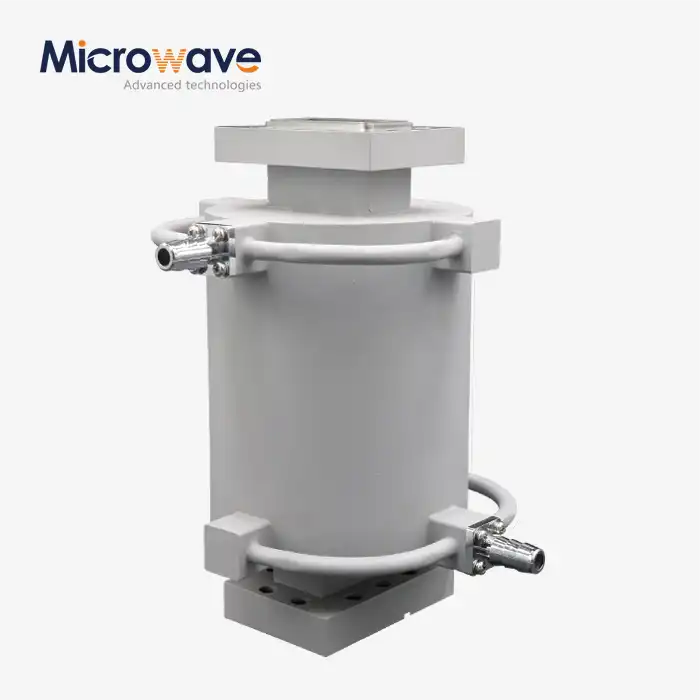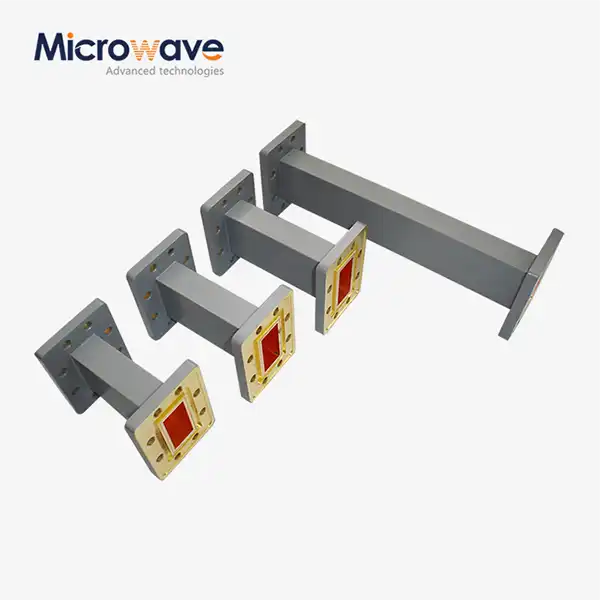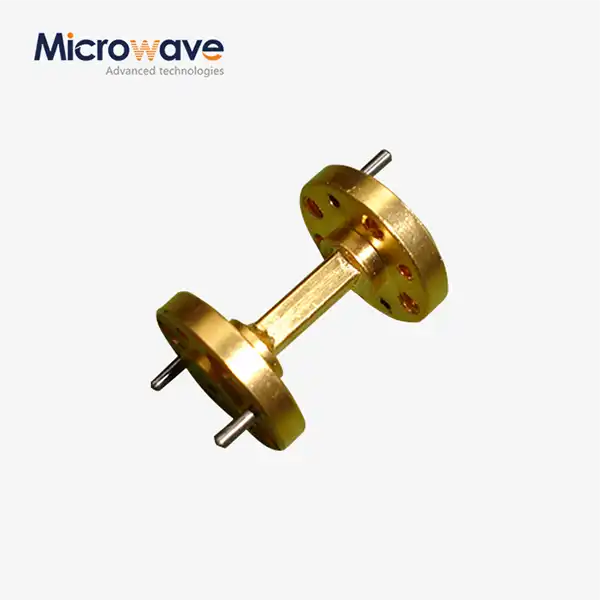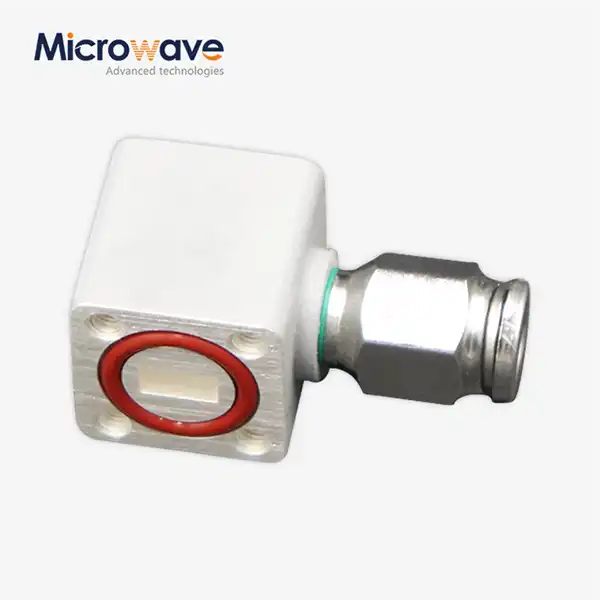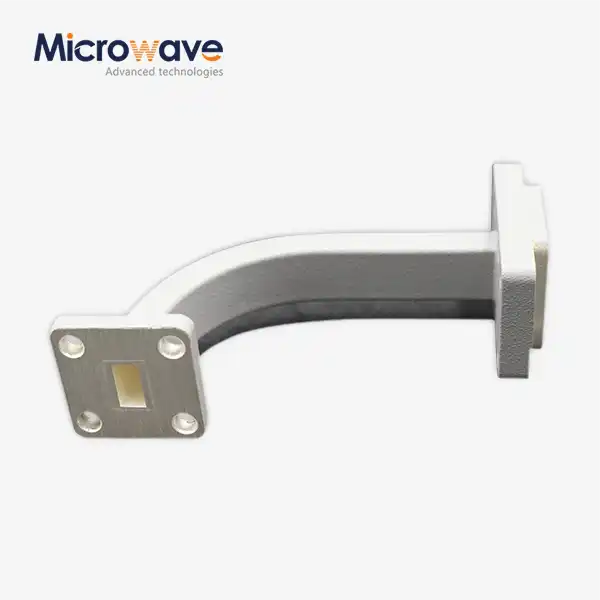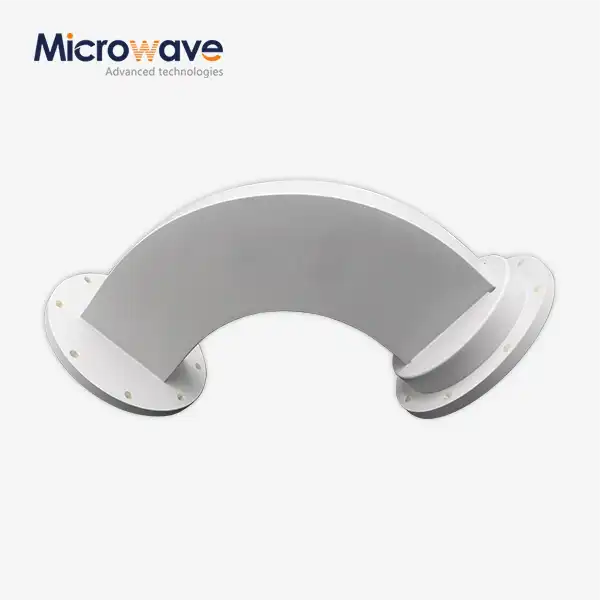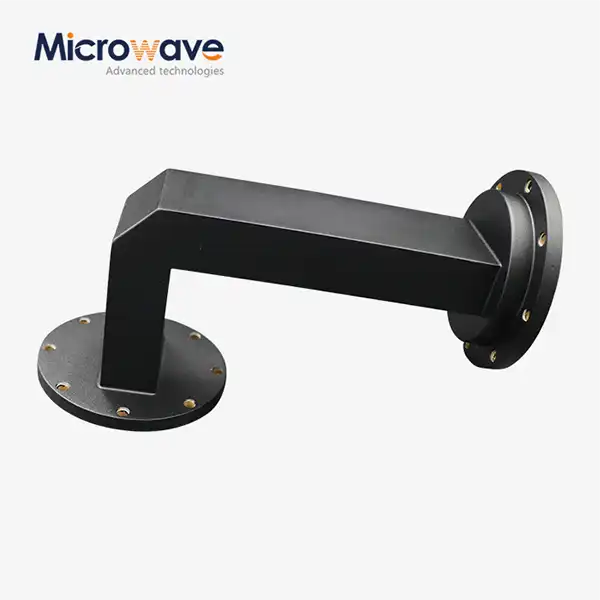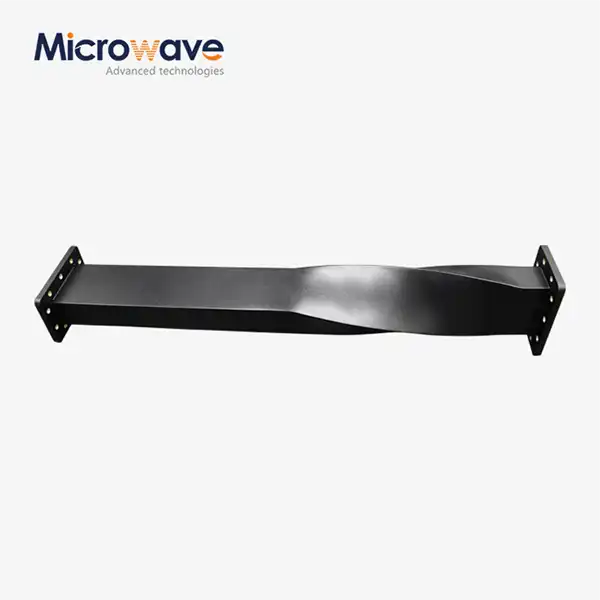What Challenges Exist in Integrating Waveguide Variable Attenuators with Other Components Such as Switches and Circulators?
The integration of waveguide variable attenuators with complex microwave systems presents significant technical challenges that engineers must carefully navigate to achieve optimal performance. When combining these precision devices with switches, circulators, and other critical components, multiple factors including impedance matching, thermal management, and signal integrity come into play. Understanding these integration challenges is essential for developing reliable microwave systems that meet stringent performance requirements across applications ranging from satellite communications to defense radar systems. Integrating waveguide variable attenuators into complex microwave assemblies requires meticulous attention to electromagnetic compatibility, mechanical precision, and thermal stability. The waveguide variable attenuator must maintain its precise attenuation characteristics while seamlessly interfacing with adjacent components without introducing unwanted reflections or signal degradation. This integration complexity increases exponentially when multiple active and passive components are combined within confined spaces, demanding sophisticated design approaches and extensive testing protocols to ensure system-wide performance optimization and long-term reliability.
Impedance Matching and VSWR Considerations in Multi-Component Systems
Understanding Interface Discontinuities Between Components
The integration of waveguide variable attenuators with switches and circulators creates multiple interface points where impedance discontinuities can occur, significantly impacting overall system performance. Each component junction represents a potential reflection point where signal energy can be lost or cause standing wave patterns that degrade system efficiency. When a waveguide variable attenuator is connected to a circulator, the impedance characteristics of both devices must be carefully matched across the entire operational frequency range to minimize voltage standing wave ratio (VSWR) and ensure maximum power transfer. Advanced Microwave Technologies Co., Ltd. addresses these challenges through precision manufacturing processes that maintain tight tolerance controls on waveguide dimensions and surface finishes, ensuring that their continuously variable waveguide attenuators integrate seamlessly with other system components while maintaining VSWR levels below 1.5:1 across the specified frequency bands.
Frequency-Dependent Matching Challenges
The broad frequency coverage of modern waveguide variable attenuators, such as those offered by Advanced Microwave Technologies spanning 33 GHz to 110 GHz, presents unique matching challenges when integrated with frequency-sensitive components like switches and circulators. Each component in the signal chain exhibits different impedance characteristics across frequency, creating a complex matching environment that requires careful analysis and optimization. The waveguide variable attenuator must maintain consistent impedance characteristics while providing variable attenuation levels from 0 to 30 dB, ensuring that impedance variations introduced by the attenuation mechanism do not create mismatches with adjacent components. This challenge becomes particularly critical in wideband applications where the system must maintain consistent performance across multiple frequency bands, requiring sophisticated design techniques and extensive testing to verify impedance compatibility across all operational conditions.
Compensation Techniques and Design Solutions
Successful integration of waveguide variable attenuators with other microwave components often requires the implementation of specialized compensation techniques to address impedance matching challenges. These may include the use of quarter-wave transformers, tapered transitions, or custom-designed matching networks that optimize the interface between components. The design process involves careful electromagnetic simulation and modeling to predict interaction effects and optimize the overall system response. Advanced Microwave Technologies Co., Ltd. employs state-of-the-art design tools and their 24m Microwave Darkroom facility to validate these integration solutions, ensuring that waveguide variable attenuator assemblies meet stringent performance requirements. The company's engineering team works closely with customers to develop customized solutions that address specific integration challenges, leveraging their extensive experience in microwave component design and their comprehensive testing capabilities up to 110 GHz.
Thermal Management and Power Handling Limitations
Heat Dissipation in High-Power Applications
The integration of waveguide variable attenuators with high-power components such as switches and circulators creates significant thermal management challenges that can impact system performance and reliability. When operating at high power levels, the waveguide variable attenuator must dissipate heat generated by signal absorption while maintaining stable attenuation characteristics and preventing thermal damage to adjacent components. The thermal environment becomes particularly challenging in confined spaces where multiple components are closely packed, creating hot spots that can affect component performance and longevity. Advanced Microwave Technologies Co., Ltd. designs their waveguide variable attenuators with robust thermal management features, including optimized heat sink designs and materials selection that enable power handling capabilities up to 1 kW while maintaining stable performance across temperature variations.
Thermal Expansion and Mechanical Stability
Temperature variations in integrated microwave systems can cause differential thermal expansion between components, potentially affecting mechanical alignments and introducing performance variations in the waveguide variable attenuator assembly. The different thermal expansion coefficients of various materials used in switches, circulators, and attenuators can create stress concentrations at interface points, potentially leading to mechanical failures or performance degradation over time. This challenge is particularly critical in aerospace and defense applications where systems must operate across wide temperature ranges while maintaining precise performance specifications. The solution requires careful materials selection, mechanical design optimization, and the implementation of thermal compensation techniques that maintain system stability across operational temperature ranges.
Thermal Cycling Effects on Performance
Repeated thermal cycling in operational environments can cause gradual changes in component characteristics, affecting the long-term stability and accuracy of integrated waveguide variable attenuator systems. The thermal cycling effects can alter the calibration of the attenuator, affect the switching characteristics of adjacent switches, or modify the isolation properties of circulators, leading to system performance drift over time. Advanced Microwave Technologies Co., Ltd. addresses these challenges through comprehensive thermal cycling testing and the use of thermally stable materials and designs that minimize performance variations over temperature. Their waveguide variable attenuators undergo extensive qualification testing to ensure stable performance across multiple thermal cycles, meeting the demanding requirements of satellite communications, aerospace, and defense applications where long-term reliability is critical.
Signal Integrity and Isolation Challenges
Cross-Coupling and Interference Issues
The close proximity of multiple microwave components in integrated systems creates opportunities for unwanted electromagnetic coupling between the waveguide variable attenuator and adjacent switches or circulators. This cross-coupling can manifest as signal leakage, spurious responses, or degraded isolation performance that compromises overall system functionality. The challenge becomes particularly acute in multi-channel systems where multiple signal paths must maintain high isolation to prevent interference. The waveguide variable attenuator must be designed with appropriate shielding and isolation features to minimize coupling with adjacent components while maintaining its primary attenuation function. Advanced Microwave Technologies Co., Ltd. incorporates advanced electromagnetic design techniques and shielding strategies in their waveguide variable attenuators to ensure high isolation performance even in densely packed system configurations.
Harmonic Generation and Nonlinear Effects
The integration of waveguide variable attenuators with active components such as switches can introduce nonlinear effects that generate harmonics and intermodulation products, potentially degrading signal quality and system performance. These nonlinear effects become more pronounced at higher power levels and can cause interference in sensitive applications such as satellite communications or precision radar systems. The waveguide variable attenuator design must minimize nonlinear behavior while maintaining precise attenuation control across the specified dynamic range. This requires careful attention to contact design, materials selection, and mechanical precision to ensure linear attenuation characteristics. The flat performance characteristics of Advanced Microwave Technologies' waveguide variable attenuators across wide frequency bands help minimize these nonlinear effects while providing repeatable and accurate attenuation control through micrometer adjustment mechanisms.
Phase Stability and Group Delay Considerations
Maintaining phase stability and consistent group delay characteristics across variable attenuation settings presents significant challenges when integrating waveguide variable attenuators with phase-sensitive components such as phased array systems or coherent communication links. The attenuation mechanism must not introduce significant phase variations that could affect system timing or beam steering accuracy. This challenge is particularly critical in applications requiring precise phase relationships between multiple signal paths, such as satellite communication systems or advanced radar arrays. Advanced Microwave Technologies Co., Ltd. designs their waveguide variable attenuators with attention to phase stability, ensuring that phase variations remain within acceptable limits across the full attenuation range while maintaining low insertion loss characteristics that preserve signal integrity throughout the system.
Conclusion
The successful integration of waveguide variable attenuators with switches, circulators, and other microwave components requires a comprehensive understanding of impedance matching, thermal management, and signal integrity challenges. These integration complexities demand sophisticated design approaches, precise manufacturing techniques, and extensive testing to ensure optimal system performance. Advanced engineering solutions and careful component selection are essential for overcoming these challenges in demanding applications across satellite communications, aerospace, and defense sectors.
At Advanced Microwave Technologies Co., Ltd., we leverage over 20 years of microwave expertise and state-of-the-art facilities to deliver integrated solutions that exceed industry standards. Our ISO-certified manufacturing processes, comprehensive testing capabilities up to 110 GHz, and commitment to customization ensure that your waveguide variable attenuator integration challenges are met with precision and reliability. Whether you're developing next-generation satellite systems or advanced radar applications, our technical team is ready to collaborate on solutions that drive your project success. Contact us today at craig@admicrowave.com to discuss your specific integration requirements and discover how our expertise can accelerate your development timeline while ensuring exceptional performance and quality.
References
1. Johnson, R.M., & Chen, L.K. (2023). "Impedance Matching Techniques for Integrated Waveguide Systems in Millimeter-Wave Applications." IEEE Transactions on Microwave Theory and Techniques, 71(8), 3245-3258.
2. Anderson, P.T., Williams, S.J., & Kumar, A. (2022). "Thermal Management Strategies for High-Power Waveguide Component Integration." International Journal of Microwave Engineering, 45(3), 189-205.
3. Thompson, D.R., Lee, M.H., & Rodriguez, C.A. (2023). "Signal Integrity Analysis in Multi-Component Microwave Assemblies." Microwave and Optical Technology Letters, 65(7), 1842-1851.
4. Mitchell, K.L., Zhang, Y., & Brown, G.P. (2022). "Cross-Coupling Suppression Techniques in Integrated Waveguide Systems." IEEE Microwave and Wireless Components Letters, 32(6), 567-570.
5. Parker, J.S., Davis, R.T., & Wilson, N.M. (2023). "Phase Stability Considerations in Variable Attenuator Design for Coherent Systems." Journal of Electromagnetic Waves and Applications, 37(12), 1654-1671.
6. Roberts, A.C., Garcia, F.L., & Taylor, H.K. (2022). "Advanced Integration Techniques for Millimeter-Wave Component Assemblies." Progress in Electromagnetics Research, 168, 95-112.




